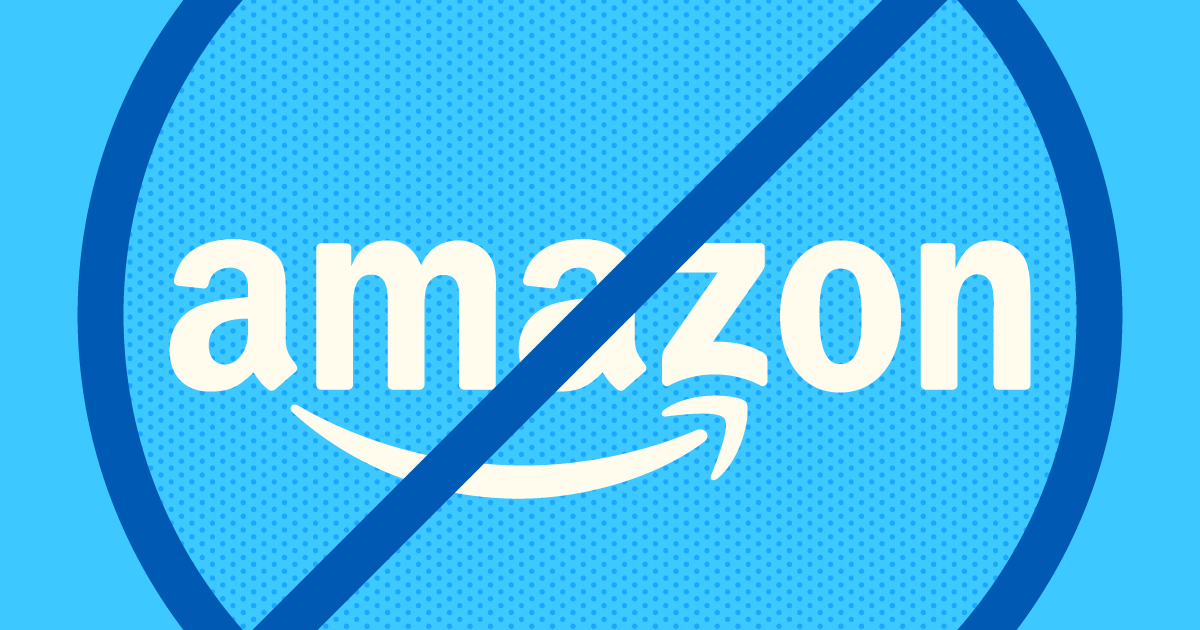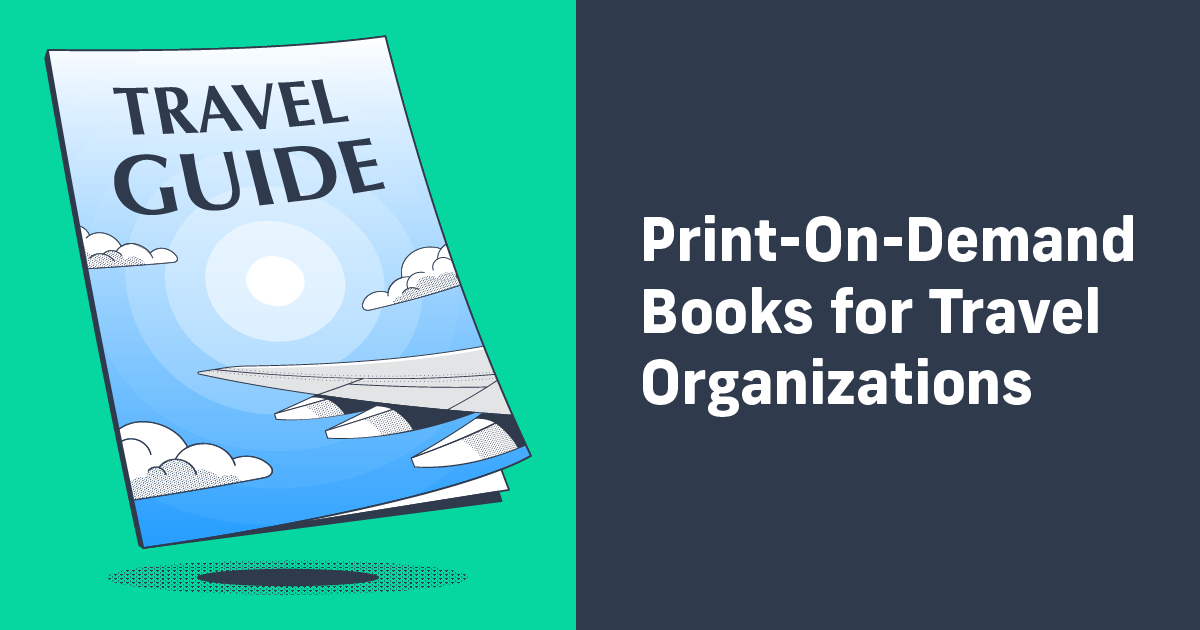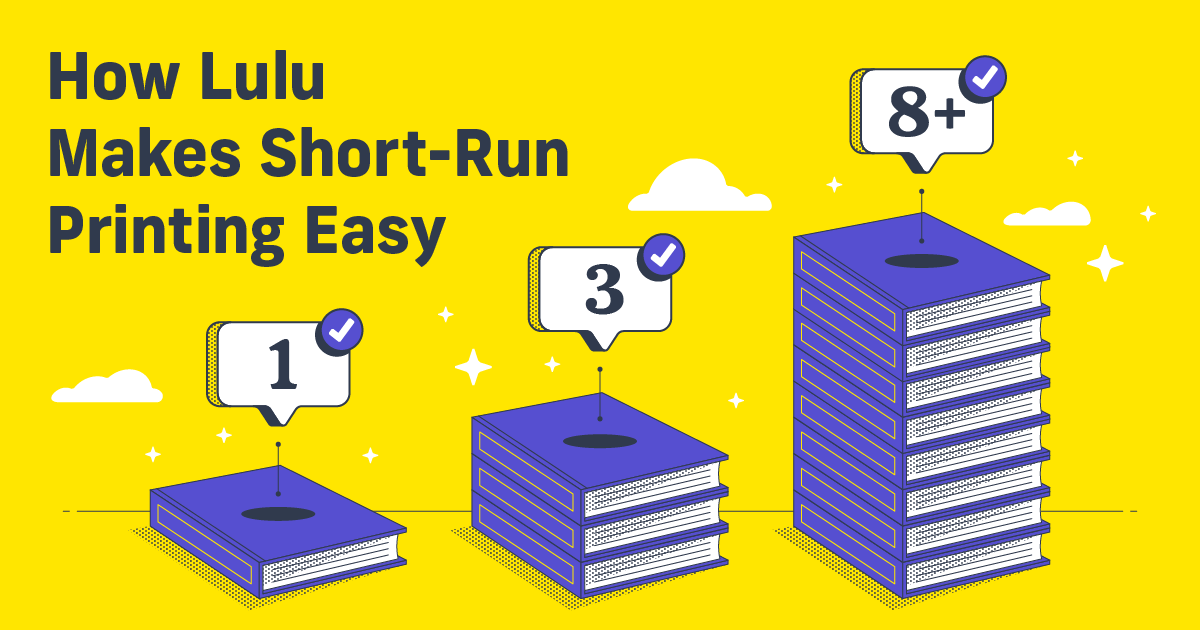The Independent Author's Guide to Thriving Without Amazon
You know that feeling of finishing a big, time-consuming project. Finally, making the last edit to a new book or getting the previous graphic right for a new landing page—the exhilaration resonates with all creative types.
There is joy in creating, refining, and perfecting. But none of that compares with the rush of finishing a project.
As a self-published creator, your excitement can be deeply overshadowed when your chosen distribution platform rejects your book. All the hard work, time, and effort you put into creating your book are gone in a flash. Your plans to monetize and distribute your work are disrupted, potentially leading to wasted time and money spent on advertising.
Your book, that stack of words and images representing you, your knowledge, and your storytelling skills, is languishing on your computer, unable to reach your fans and followers.
What do you do?
Stop Letting Retailers Define Your Success
I want to take a brief aside.
Read that headline above one more time and let it sink in. I’ve gone against my best practices and standards to be sure that line gets the emphasis it deserves.
Stop Letting Retailers Define Your Success
I am a dedicated believer in SEO and providing the correct information to Google to understand what I’m writing about, why I’m writing about it, and who I’m writing it for. Headings in blog articles are crucial, and I’m loath to publish a heading that doesn’t fit my SEO guidelines.
And yet here we are. Because it is worth the space and worth the emphasis.
Stop Letting Retailers Define Your Success
Okay, I’m going to stop pontificating and get to the point. This is why when you rely on a retail site to sell and distribute your work, you sacrifice control over that work. How can you hope to be successful when your success is tied inextricably to a storefront you neither own nor control? What happens if that retailer you’ve come to rely on closes? Or worse yet, what if they reject you?
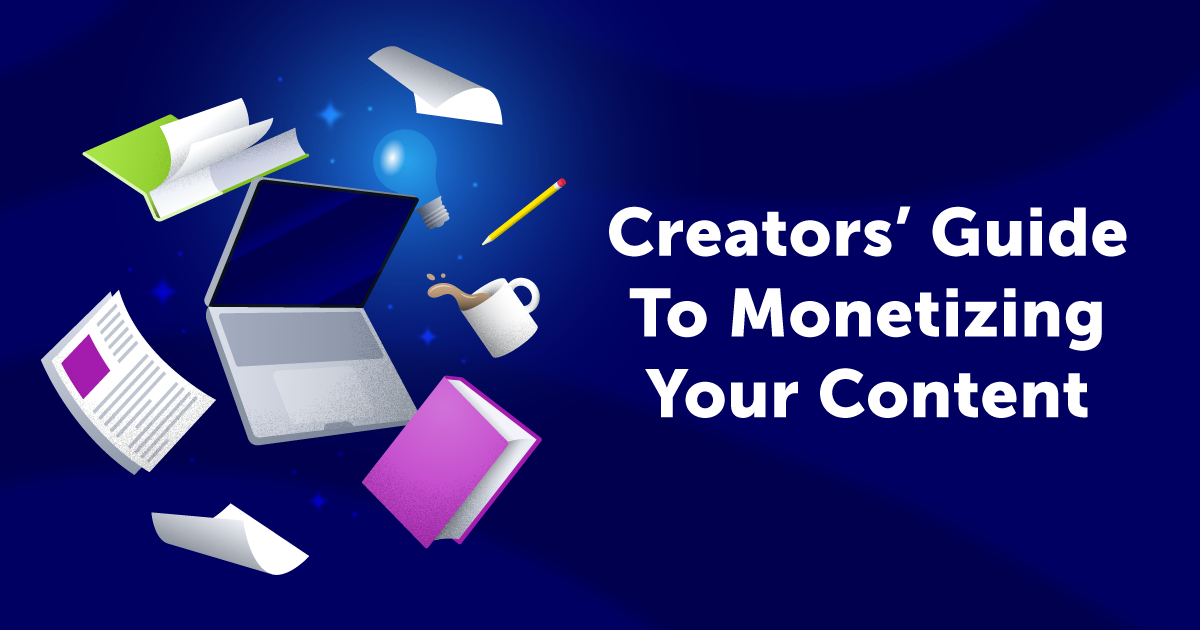
The Amazon KDP Dilemma
According to WordsRated, about 1.4 million books are self-published using Amazon KDP every year. On the one hand, this shows just how popular and easy it is to publish. But it also clarifies one thing: Amazon is about quantity over quality.
Yes yes, anyone spending more than two minutes browsing Amazon’s online book catalog could also come to that conclusion. It’s relevant to mention here because you don’t need to be just 1 of 1,400,000.
In the early 2000s, when self-publishing was a new and evolving industry, Amazon was critical to thousands of authors who couldn’t (or didn’t want to) land a publishing contract. Many companies (cough Lulu cough) offered similar services, but Amazon had the added benefit of the vast marketplace and cart/checkout already in place. Every user with an Amazon account became a potential reader for your book!
Of course, we know now that’s not true—most people on Amazon (even those searching for books) will never find your work.
Twenty years ago, we didn’t know that. What we (in the publishing and creative industry) did know was that we needed better ways to make our content available for sale.
Along with its (relatively) easy-to-use publishing system, Amazon—through CreateSpace and now Kindle Direct Publishing (KDP)—has made self-publishing affordable and accessible.
Since then, millions of self–published books have been published on Amazon. You can find an endless stream of ‘experts’ who will tell you how to be an Amazon bestseller, game their algorithms, and profit ‘passively’ through publishing.
The reality is that only a handful of the hundreds of thousands of people who publish on KDP earn enough from book sales to sustain themselves. That’s the most significant dilemma Amazon presents for creatives: they offer a huge audience and make publishing easy, but they do nothing to enable or protect you and your content.

Your Free Lulu Account
Create a Lulu Account today to print and publish your book for readers all around the world
Understanding How to Succeed as a Creator
If you’re new to publishing, using Amazon KDP to self-publish your book might be the easiest and fastest way. But, like many things, the easiest and fastest way is hardly the best. And if you’re looking to build a content business around the books you write, you need something more than easy and fast—you need control.
Whether you’re a writer, designer, artist, photographer, or any kind of creator, your business is going to be built on two factors:
- The quality of your content, products, or services
- The size and quality of your following
Ten years ago, you might not have needed to think about that second point as much. For many creators, a great book listed on Amazon with some paid advertising, a few good reviews, and some clever categorization was enough.
Today, that’s not the case.
There are just too many books on Amazon; it’s impossible to effectively cut through the noise. And gimmicky category hacks mean less and less when we all know they’re happening. Add to that Amazon’s abysmal customer support and tendency to reject books or ban accounts for various reasons with little or no human review. You’ve got a platform that no longer serves creators.
Savvy creators don’t rely on Amazon or any retailer to distribute content. Instead, they build an audience on their platform and use direct sales to ensure long-term success.
Amazon will no longer suffice as your book sales and marketing platform. Sure, you probably still want to use them as a sales channel, but to sell your books and build a fanbase around your content, you need to connect and sell directly to your audience.
Amazon is a Traditional Publisher
Not Kirect Direct Publishing (KDP). That’s Amazon’s path to self-publishing, where you simply upload a file, fill out the metadata, and publish your content. You can upload a book and start selling almost immediately (assuming Amazon accepts your book).
However, Amazon owns 17 traditional publishing imprints and produces over 1,000 new books annually. That puts them on par with the big five publishers.
While that doesn’t directly impact your ability to self-publish, it shows that Amazon is not dedicated to serving independent creators. They’ll reject you and move along because your book is just one of 1.4 million. All of the self-publishing services, like KDP, Kindle Unlimited, and the like, are self-service ways for you to earn more money for Amazon.

Create Your Book
Use Lulu's free templates to easily create and publish your book today.
What to Do When Amazon Rejects You
You’ve written a great book. You’ve edited it. Designed the pages. Proofed the layout. And still, Amazon’s review process rejects you. You don’t know why, and the boilerplate email responses aren’t making it any clearer.
Really, the why doesn’t matter. Even if you do resolve the issue and get your book listed on Amazon, nothing is stopping them from removing it again. It’s their platform and they can do whatever they want with it.
What do you do?
The first step is to verify that you haven’t done anything that would get you rejected. That includes copyright infringement, plagiarism, and other very obvious mistakes. Double-check that you have the proper image licenses and have accurately attributed quotes.
Then, learn how to sell directly to your readers.
Stop wasting time trying to ‘get on Amazon’ as if that and that alone is the goal of your content business. Creators are already breaking their reliance on Amazon to ensure they can continue to grow their business. You should be doing the same.
Avoiding the Amazon Trap
Way back in 2019, I wrote a piece about the ‘trap’ that Amazon has created for authors. The basic premise is that Amazon makes it so easy to publish and sell on the Kindle store or as print-on-demand that you don’t need any other retail or publishing options.
Everyone loves a one-stop shop, right? Based on Amazon’s dominance of the retail market, we must.
That’s the trap: thinking the best solution is a single solution.
Creators today are recognizing that trap and working to diversify their product offerings. That doesn’t mean you can’t or shouldn’t publish and sell on Amazon. But if you rely on it, you risk losing the ability to sell your books.
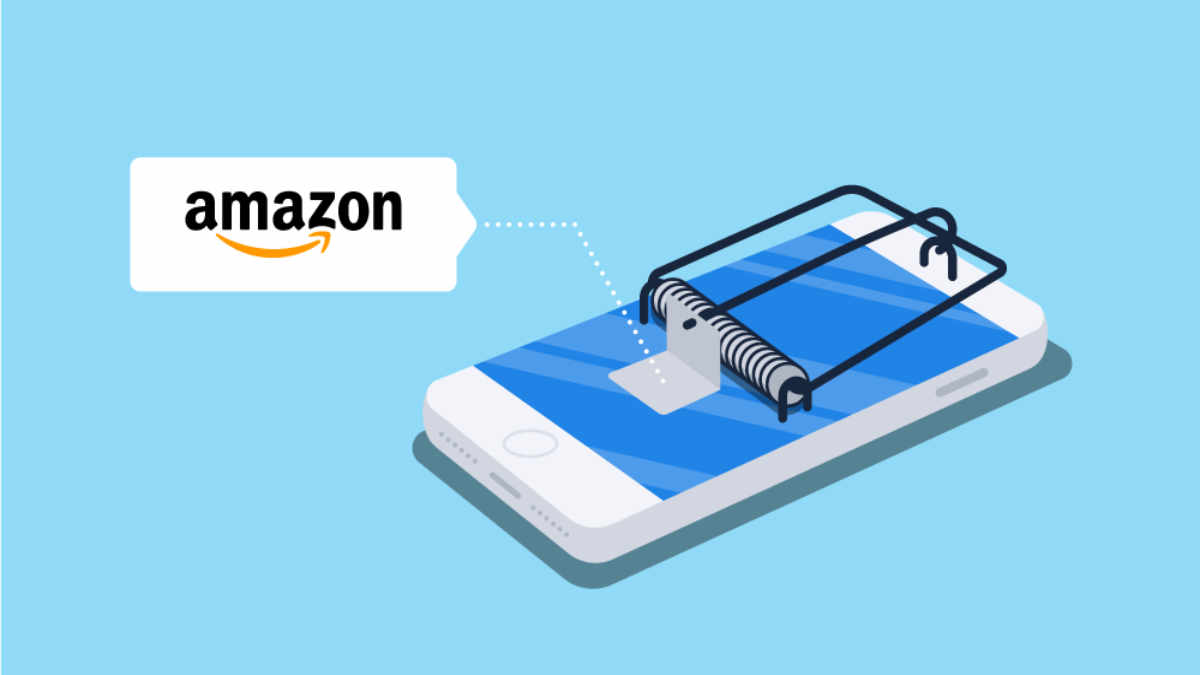
Selling Direct to Your Audience
As I mentioned at the start of this article, the key to a thriving content business is quality. You need to write a book people want to read and work to build an audience of fans who love your content.
You also need a quality tech stack—the platforms and software you use to create content and manage your business. A part of your publishing tech stack needs to include how you’ll publish your books and how you’ll sell your books. Amazon might be part of that, but you should also include options to sell directly to your audience.

Sell Your Book, Your Way
Sell books on your Wix, Shopify, or WooCommerce website with Lulu Direct.
Or use our Order Import tool for your next book launch.
The Benefits of Selling Directly
Selling directly has a few crucial benefits beyond severing your reliance on Amazon as a retail channel.
- Higher Revenue: When you sell directly to your audience, you keep 100% of the profits. Any other retailer, including Amazon KDP, will take a cut of your sales on top of any printing and shipping costs you’ll pay.
Earning more is a significant factor when considering direct sales. If you can make more from each sale, you don’t need as large an audience to make the same money. - Total Control: If you sell your books on your site, you control everything. That includes setting prices, choosing shipping methods, and offering readers special discounts and promotions.
You’ll also be the one who controls your fans’ experience when they’re on your site, allowing you to ask them to join your mailing list. - Share More Content: By controlling the sales process, you can easily suggest additional products or point to more content you offer. They only see your content, products, and work when they’re on your website.
We all know how aggressively Amazon will market additional products to us while we shop (you know, the ‘Frequently bought together’ and ‘Products related to this item’ sections of every Amazon product page). When shoppers buy on your site, they’re being exposed to only your products and your content, helping keep them interested and excited about what you create. - Build an Audience: The last crucial benefit is the opportunity to grow your audience. Even if you already have a solid presence on social media, building a mailing list gives you even better access to your fans.
Nurturing fans who love your content is the path to long-term success. You won’t need those online retailers if you’ve built such a loyal following that they’re eager to come directly to you for your content!
Building Your Content Business
A lot of content about ‘starting a content business’ ends with the author suggesting that the solution is selling products on Amazon. I’m astounded by how many times I’ve read articles on Medium or in my inbox that could be boiled down to ‘publish on Amazon and send your fans there to buy your stuff.’
If you want to build a sustainable and growing business, your content business needs to be more than just listing your books in a store. Can you make money selling on Amazon? Of course. And it’s still a viable discovery channel for some genres. However, the odds that you’ll be one of the very few authors who make lots of money on Amazon are slim.
That’s why it’s important to build your business yourself—owning your website, content, and mailing list is the only way you stay in control.

